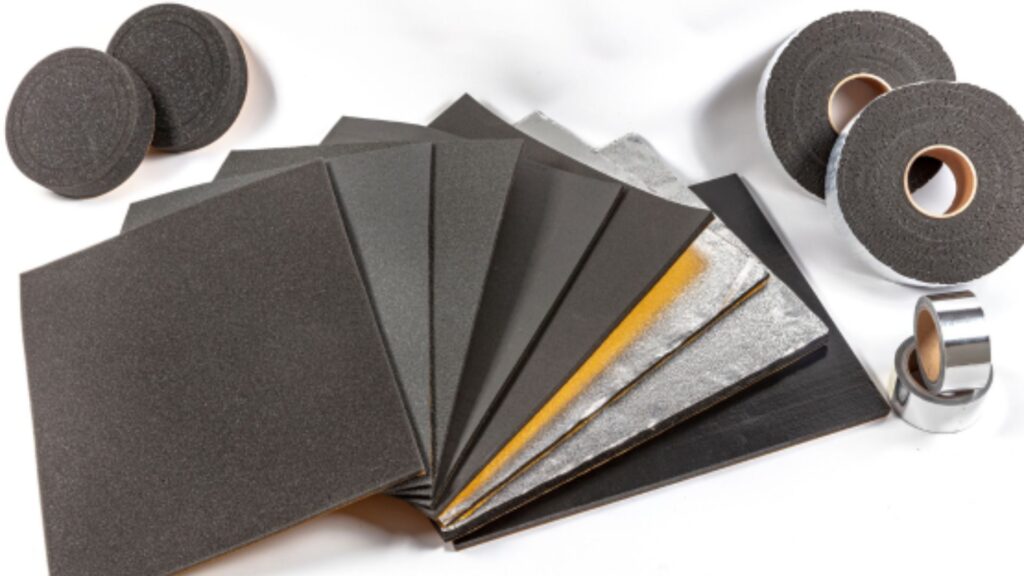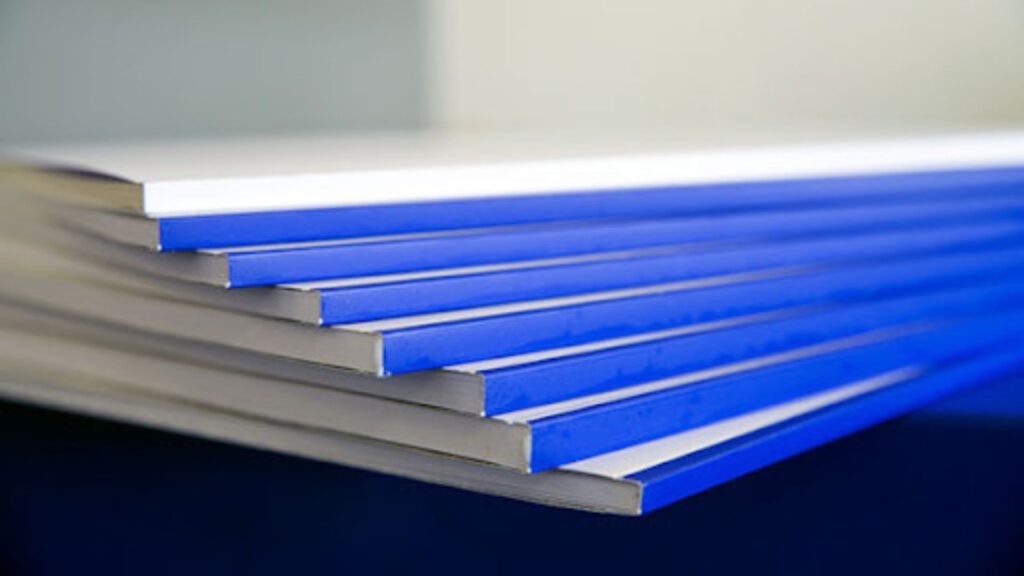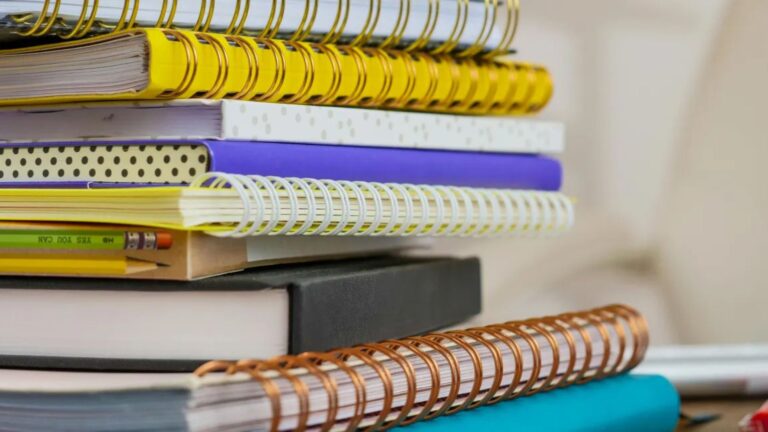
Thermal binding is a sleek, glue-based method used to bind documents quickly and professionally without punching holes or inserting rings. The core of this process lies in adhesive properties—the quality and behavior of the glue used inside thermal covers.
Whether you’re binding a client proposal, a thesis, or corporate reports, understanding the adhesive characteristics of thermal binding materials can make or break the longevity, appearance, and performance of your final document.

What Is Thermal Binding?
Thermal binding uses heat to activate an adhesive strip pre-applied inside a binding cover’s spine. When pages are inserted into the cover and heated (usually in a thermal binding machine), the glue melts, adheres to the paper edges, and cools to create a clean, glued spine.
The adhesive must:
-
Melt at the correct temperature
-
Flow evenly between pages
-
Cool and solidify quickly and strongly
-
Maintain flexibility without cracking
The success of thermal binding depends entirely on how well the adhesive performs in these areas.
Types of Adhesives Used in Thermal Binding
Thermal binding adhesives are typically hot melt glues, which are thermoplastics that become tacky when heated and harden as they cool. The most common types include:
EVA (Ethylene Vinyl Acetate)
-
Widely used in standard thermal binding covers
-
Bonds quickly
-
Cost-effective and durable for general use
PUR (Polyurethane Reactive)
-
Higher-end adhesive for premium or heavy-duty binding
-
Stronger and more flexible
-
Resistant to heat, moisture, and frequent handling
Polyolefin-Based Adhesives
-
Offers improved resistance to aging and oxidation
-
Preferred for archival or long-term documents
✅ Key Takeaway: EVA is great for everyday office use, while PUR is preferred for documents that must withstand frequent handling or extreme conditions.
Key Adhesive Properties and Why They Matter
Bond Strength
The adhesive must form a firm bond with the paper edges. Stronger adhesives prevent pages from falling out over time or with heavy use.
-
Weak bond: Pages may detach after repeated opening.
-
Strong bond: Ensures a secure hold even with thick or coated papers.
Flowability
When melted, the adhesive must flow between pages just enough to grab all the sheet edges—but not too much that it seeps out or causes clumping.
-
Too thick: Won’t penetrate all sheets evenly.
-
Too runny: May create mess or uneven binding.
Open Time
This is the short window after heating when the adhesive is still soft. A longer open time allows better alignment of pages before the glue hardens.
-
Short open time: Less flexibility but faster results.
-
Longer open time: More control during setup, especially for thicker documents.
Temperature Sensitivity
Good adhesives activate within a specific temperature range, usually between 120–180°C. Too much heat can scorch the glue or weaken the bond, while too little heat may result in partial adhesion.
-
Consistent melting point ensures optimal performance across different machines and use cases.
Adhesive Compatibility with Paper Types
Not all adhesives perform equally across all paper types. Factors like paper coating, thickness, and grain direction can impact adhesion.
-
Coated or glossy papers: May require higher-grade adhesive (like PUR) for strong binding
-
Recycled papers: Can absorb too much glue, weakening the bond
-
Thicker paper stocks: Require adhesives with higher flow and strength
✅ Pro tip: Always test a small batch if you’re using specialty papers for thermal binding.
Durability and Longevity
The adhesive’s resistance to:
-
Temperature fluctuations
-
Humidity
-
Frequent opening and closing
…is crucial for long-lasting documents. EVA adhesives perform well for short to mid-term use, while PUR adhesives excel in archival or frequently handled documents due to their superior elasticity and bonding strength.
Environmental and Safety Considerations
Newer thermal binding adhesives aim to be:
-
Non-toxic
-
Low-VOC (Volatile Organic Compounds)
-
Recyclable or compostable (in some paper-only products)
Additionally, some covers now use biodegradable glue strips made from plant-based materials for eco-friendly document binding.
Conclusion
In thermal binding, adhesive isn’t just a detail—it’s the foundation of the entire process. The right adhesive ensures that your document holds together securely, opens smoothly, and stands the test of time. By understanding the types and properties of thermal adhesives—from EVA to PUR—you can make better decisions for your projects, whether you’re producing quick office reports or publishing premium-quality materials.







